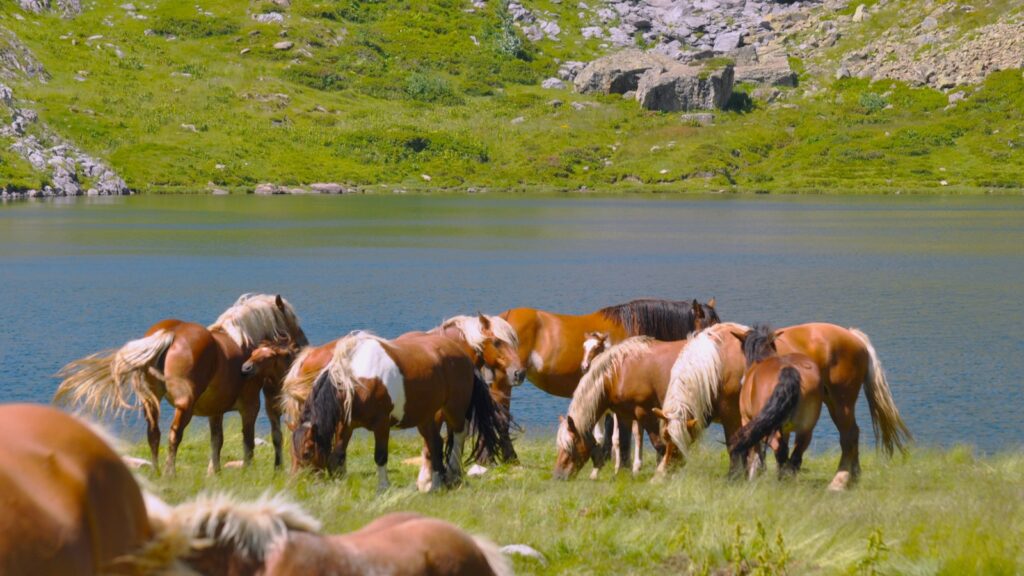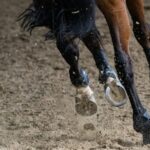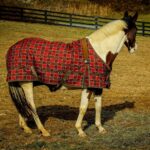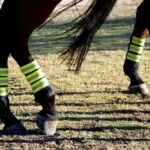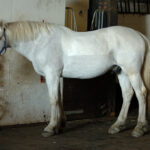Pasture rotation stands as one of the most effective strategies for sustainable livestock management, promoting healthier animals and more resilient grasslands. When implemented correctly, this practice allows farmers and ranchers to maximize forage production while preserving soil health and plant vigor. However, rotating livestock through different pasture sections requires careful planning and execution to prevent overgrazing and permanent damage to valuable grass species. This article explores comprehensive approaches to pasture rotation that protect your grass investment while optimizing animal nutrition and environmental benefits. From understanding grass recovery periods to implementing flexible grazing schedules, these strategies will help you develop a rotation system that works for your specific land, livestock, and climate conditions.
Understanding the Importance of Pasture Rotation
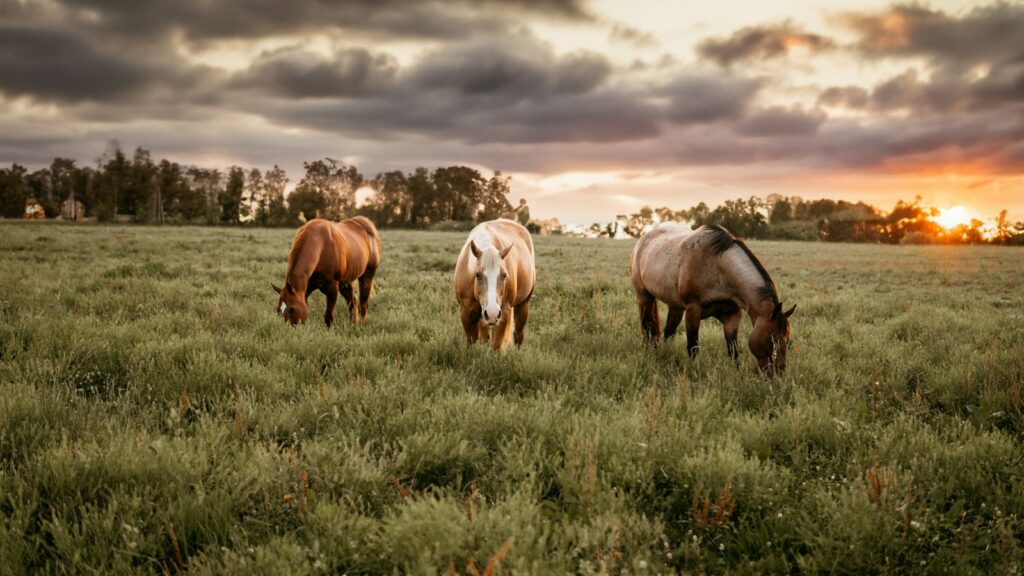
Pasture rotation involves systematically moving livestock between different grazing areas to prevent overgrazing and allow for grass recovery. This practice mimics the natural grazing patterns of wild herds, which historically moved across landscapes rather than remaining in fixed locations. When animals stay in one area, they selectively consume the most palatable plants repeatedly, weakening them and eventually killing them while leaving less desirable species to flourish. Additionally, continuous grazing compacts soil, reduces water infiltration, and creates conditions where weeds can outcompete beneficial forages. By implementing a thoughtful rotation schedule, you maintain plant diversity, encourage deeper root systems, and ultimately create pastures that are more drought-resistant and productive over the long term.
Assessing Your Pasture’s Current Condition
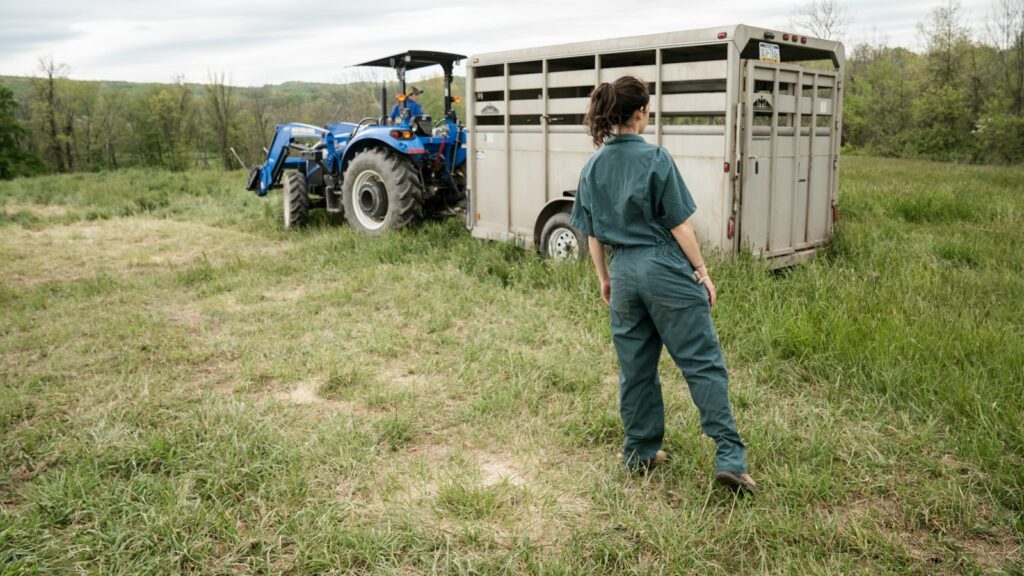
Before implementing any rotation system, thoroughly evaluate the current state of your pastures to establish a baseline for future comparisons. Walk your property and document existing grass species, noting their distribution, vigor, and any areas of concern such as bare patches, weed infestations, or erosion. Measure the forage height in different areas and estimate the available forage mass, as this will help determine appropriate stocking rates. Soil testing provides critical information about nutrient levels, pH, and organic matter content, which directly affect grass growth and resilience. Photographs taken from consistent locations throughout the seasons create visual records that help track changes over time. This comprehensive assessment provides the foundation for an effective rotation plan tailored to your specific pasture conditions.
Creating Manageable Paddock Divisions

Dividing your pasture into appropriate paddocks forms the backbone of any successful rotation system. The size and number of paddocks should reflect your total acreage, the number and type of livestock, available water sources, and terrain variations. Smaller paddocks generally allow for more precise management, with many rotational grazing experts recommending paddocks that can be grazed down in 1-3 days for optimal control. Consider using a combination of permanent and temporary fencing to create flexibility in your system—permanent fencing for main divisions and temporary electric fencing for subdivisions that can be adjusted seasonally. When planning divisions, factor in natural landscape features like slopes, water bodies, and tree lines, which influence grazing patterns. Well-designed paddocks should each contain a mix of grass species and microclimates, if possible, avoiding situations where less desirable areas are systematically avoided by livestock.
Determining Optimal Recovery Periods
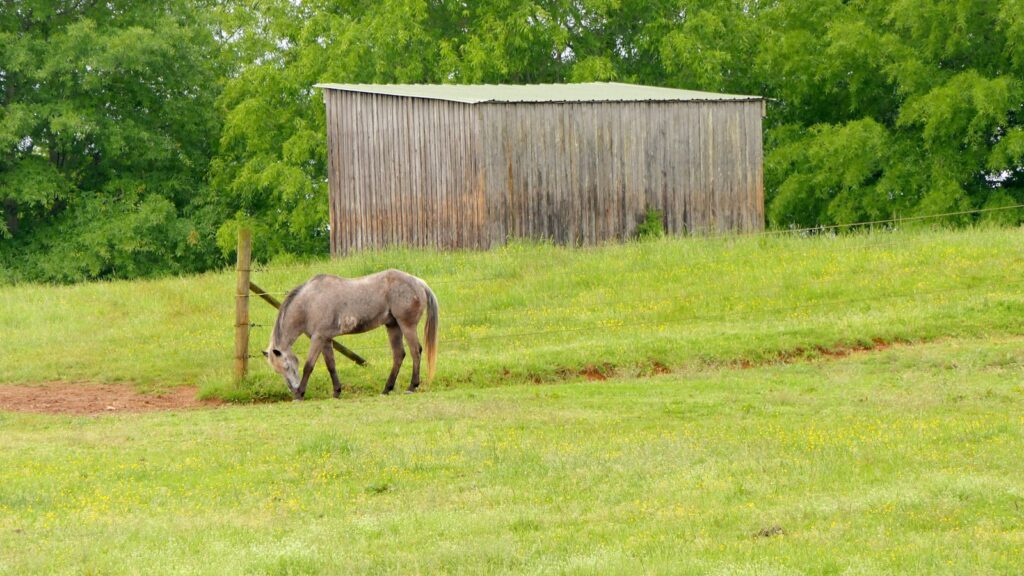
The recovery time needed between grazing events is perhaps the most critical factor in maintaining healthy grass stands. Recovery periods vary dramatically depending on grass species, season, rainfall, temperature, and soil fertility. Cool-season grasses like fescue and orchardgrass typically require 15-30 days of rest during active growth periods but may need 45-60 days during summer heat or winter dormancy. Warm-season grasses such as bermudagrass and switchgrass generally need 20-40 days during their primary growing season. Rather than following rigid calendars, they monitor regrowth and only return animals when grasses have reached an appropriate height—typically when cool-season grasses reach 6-10 inches and warm-season varieties reach 12-18 inches. Adapting recovery periods to actual plant growth rather than fixed schedules ensures grass isn’t grazed before roots have sufficiently recovered their energy reserves.
Implementing Adaptive Grazing Management
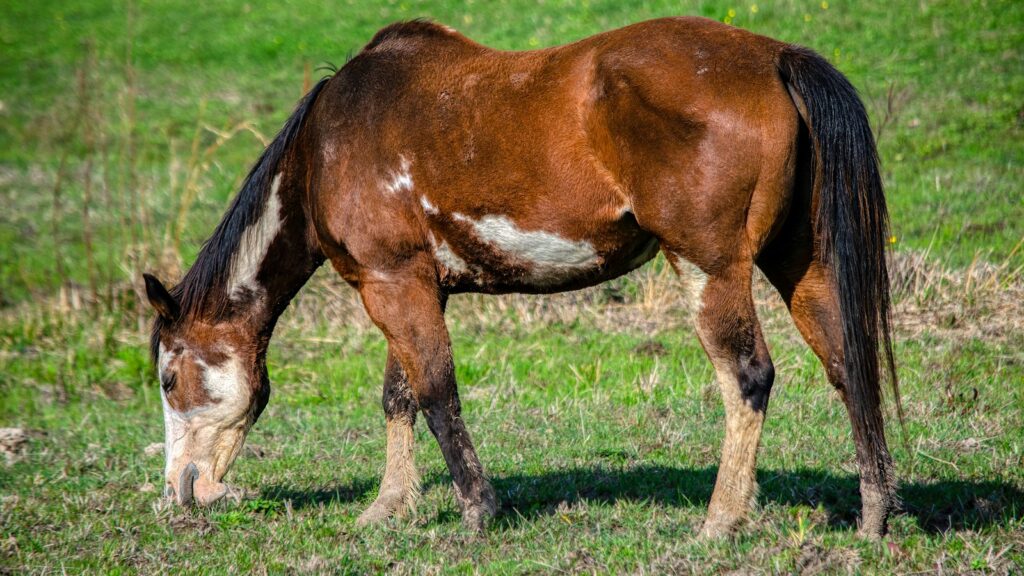
Adaptive grazing management moves beyond rigid rotation schedules to respond to changing conditions throughout the year. This approach requires regular observation and flexibility to adjust stocking densities, duration of grazing, and recovery periods based on weather conditions, forage growth rates, and animal needs. During rapid spring growth, for example, you might move animals more quickly through paddocks to prevent grasses from becoming overmature while preventing selective grazing. During summer slowdowns or drought conditions, you might reduce stocking rates or provide longer recovery periods to prevent overgrazing stressed plants. Keep detailed records of when paddocks are grazed, for how long, by how many animals, and the condition of the forage before and after grazing. These records become invaluable for making informed decisions and recognizing patterns over multiple growing seasons.
Preventing Overgrazing Through Proper Timing
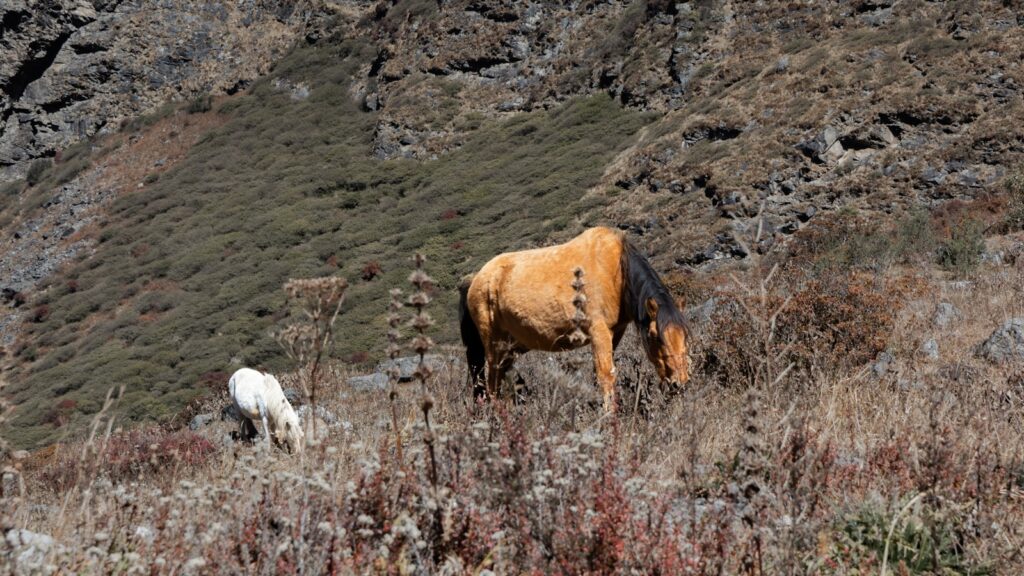
The timing of both entry and exit from paddocks significantly impacts grass health and recovery potential. Enter paddocks when grass has reached optimal height and nutritional value, but before it becomes stemmy and less palatable. More importantly, remove animals before they graze plants too short, as severely defoliated grasses recover much more slowly and may die if their energy reserves are completely depleted. A good rule of thumb is to move livestock when they’ve consumed approximately 50-60% of the available forage, leaving adequate leaf area for photosynthesis and quick recovery. For most pasture grasses, this means removing animals when the average stubble height reaches 3-4 inches for cool-season grasses and 4-6 inches for warm-season varieties. During extreme weather events like drought or excessive rainfall, adjust these guidelines to provide additional protection for vulnerable plants.
Managing High-Impact Areas to Prevent Damage
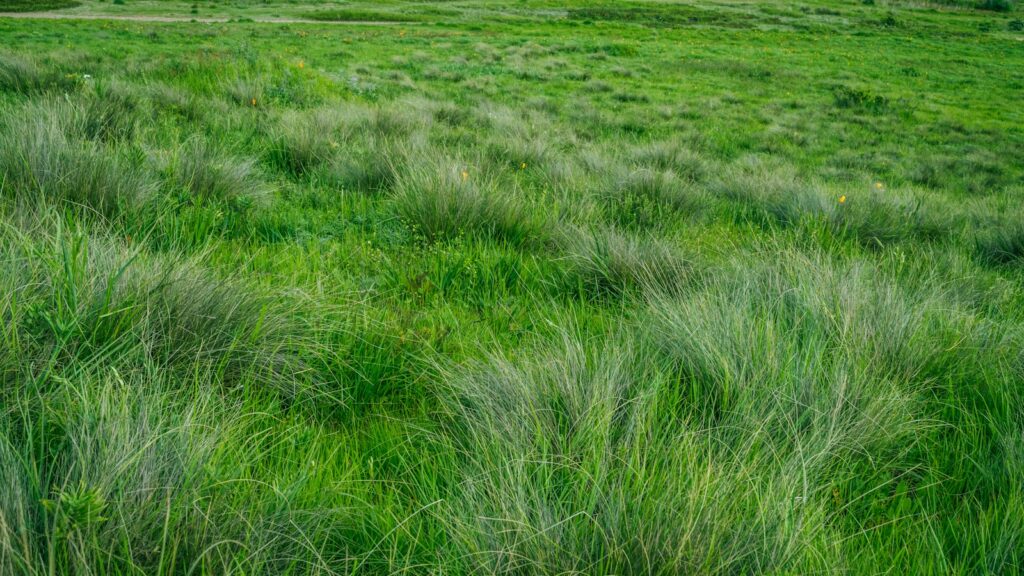
Even with careful rotation, certain areas within paddocks typically receive disproportionate impact—around water sources, shade trees, gates, and mineral stations. These high-traffic zones can quickly become denuded, compacted, and vulnerable to erosion if not properly managed. Consider installing heavy-use area protection like crushed stone or concrete pads, around permanent water troughs and feeding areas. For shaded areas, establish multiple options throughout different paddocks or create movable shade structures that can be relocated to distribute impact. Periodically move mineral feeders and supplemental hay feeding locations rather than maintaining fixed positions. If possible, position gates in slightly elevated, well-drained locations to minimize mud creation during wet periods. These strategic adjustments prevent the formation of sacrifice areas that can expand and undermine your overall pasture management efforts.
Balancing Animal Numbers with Forage Availability
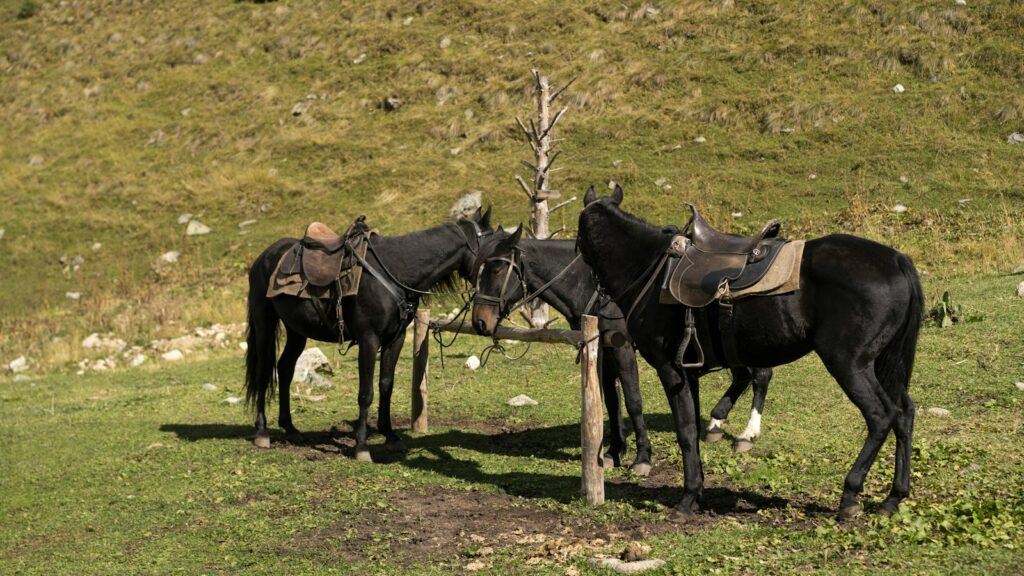
Achieving the right stocking rate—the number of animals your pasture can sustainably support—is fundamental to preventing pasture damage during rotation. Overstocking quickly leads to overgrazing regardless of how well you rotate, while understocking wastes forage and may allow less desirable plants to mature and spread seed. Calculate your carrying capacity based on animal units (standardized to a 1,000-pound cow with calf) and the estimated forage production of your pastures throughout the year. Adjust animal numbers seasonally if possible, reducing livestock during slow growth periods and potentially increasing during peak production. Consider maintaining a “core herd” that your land can support during lower-production periods, then adding additional animals through leasing or custom grazing arrangements during flush growth periods. This flexible approach to stocking allows your rotation system to work in harmony with natural forage production cycles.
Incorporating Multi-Species Grazing for Improved Utilization

Different livestock species have unique grazing preferences and behaviors that can complement each other when properly managed in rotation. Cattle primarily consume grasses and tend to graze less selectively than other species. Sheep prefer forbs (broadleaf plants) and tender young grasses, while goats readily browse woody plants and weeds that other livestock avoid. By following one species with another in your rotation, you can achieve more uniform grazing across all plant types while reducing parasite pressure through host-specific interruption cycles. For example, cattle might graze a paddock first to remove taller grasses, followed by sheep that consume plants cattle find less palatable. This multi-species approach improves overall pasture composition by preventing any single plant type from gaining a competitive advantage. When implementing multi-species grazing, adjust paddock size and recovery periods to account for the combined impact of different animals.
Using Sacrifice Areas During Critical Weather Periods

Extreme weather events such as prolonged rain, drought, or freeze-thaw cycles can make pastures particularly vulnerable to damage. During these critical periods, consider utilizing designated sacrifice areas to protect the majority of your grazing land. A sacrifice area is a small, preferably well-drained location where animals can be temporarily confined with supplemental feed until conditions improve. While this area will likely suffer damage, the impact is to a limited area rather than degrading entire pastures. Ideal sacrifice areas have firm footing, good drainage, protection from wind when needed, and are situated away from water bodies to prevent runoff contamination. Once weather conditions normalize, these areas can be renovated through reseeding, while your main pastures remain intact. Having a well-planned salvage area strategy prevents panic decisions during weather emergencies that could damage your carefully managed rotation system.
Monitoring and Documenting Pasture Health
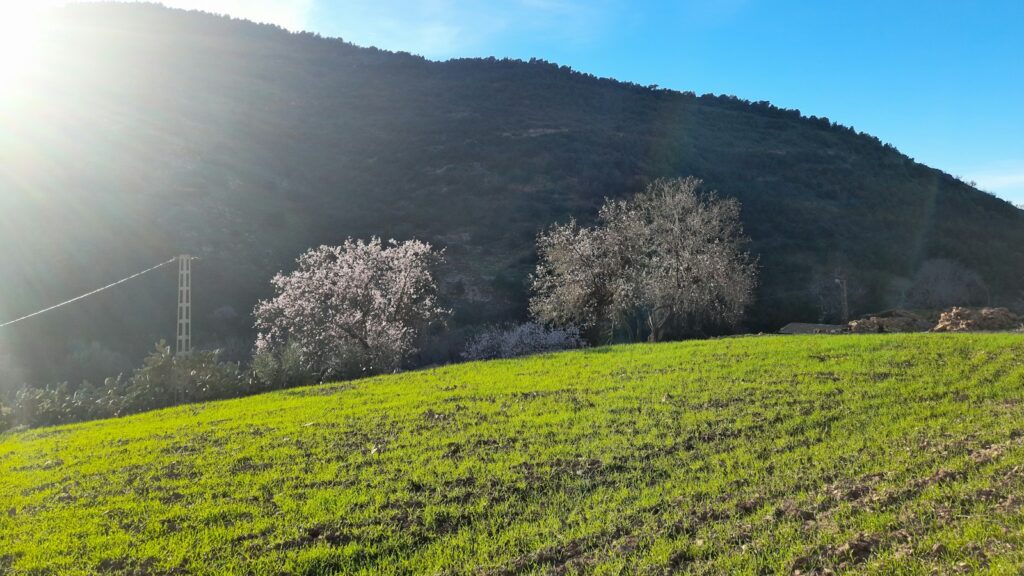
Regular monitoring provides the feedback necessary to refine your rotation system and prevent unintended grass damage. Establish a consistent monitoring schedule—weekly during active growth periods and bi-weekly or monthly during slower seasons. During these checks, assess forage height, density, species composition, and signs of stress like discoloration or wilting. Document your observations using a combination of written notes, photographs from established photo points, and measurement techniques like grazing sticks or rising plate meters that objectively track forage mass. Pay particular attention to indicator species that respond quickly to management changes, either positively or negatively. Monitoring also includes observing animal behavior and performance, as livestock will often show preferences or avoidance that signal pasture issues before they become visually apparent. This consistent documentation helps identify patterns and trends that might not be obvious in day-to-day observations.
Enhancing Recovery Through Strategic Rest Periods
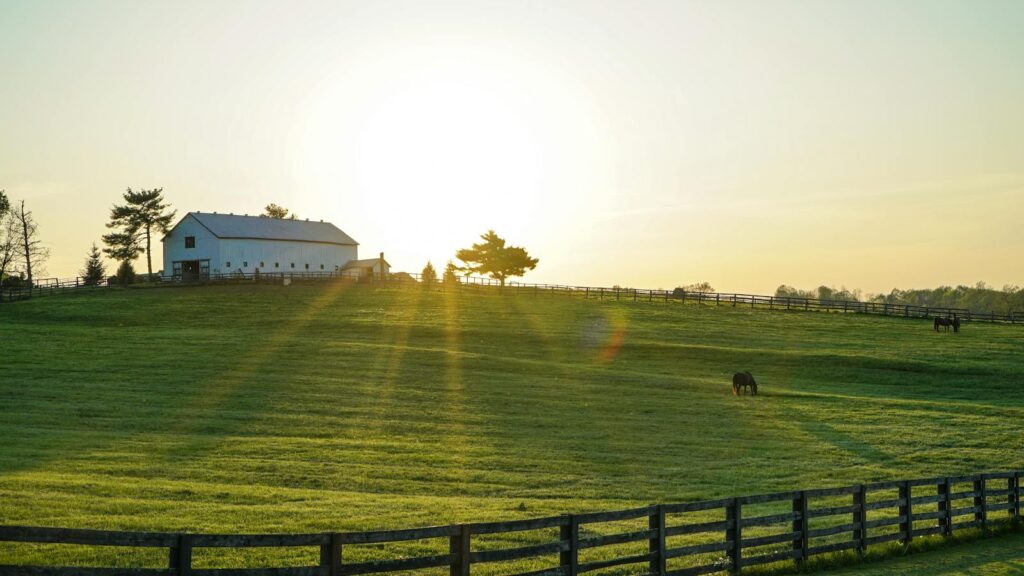
Beyond standard rotation intervals, occasionally providing extended rest periods of an entire growing season can dramatically improve pasture health and resilience. This strategic rest gives plants the opportunity to complete full reproductive cycles, rebuild root reserves, and naturally reseed areas that may have thinned over time. Consider setting aside 10-20% of your pasture annually for this extended recovery, rotating which sections receive this treatment each year. During extended rest, options include taking a hay cut when appropriate, mowing to prevent weed seed production, or simply allowing natural processes to work undisturbed. In arid regions, this practice—sometimes called “stockpiling”—can be particularly effective for breaking cycles of degradation and encouraging deeper root development. The temporary reduction in available grazing area is offset by the long-term benefits of improved plant diversity, soil structure, and drought tolerance across your entire pasture system.
Incorporating Soil Health Practices into Rotation Planning
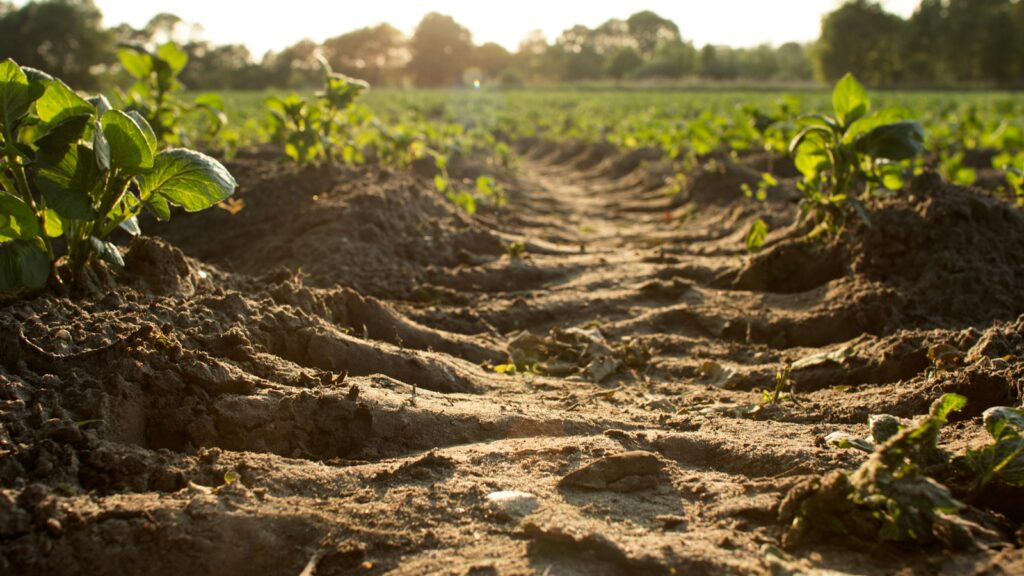
Healthy soil forms the foundation for resilient grass stands that can withstand the pressures of rotational grazing. Integrate specific soil-building practices into your rotation system to enhance overall pasture health. Consider periodic applications of compost or manure to paddocks that show signs of declining fertility, timing applications to coincide with the beginning of rest periods. Frost-seeding legumes like clover or birdsfoot trefoil into existing pastures adds nitrogen through natural fixation while improving forage quality and diversity. Avoid grazing during excessively wet conditions when soil compaction risk is highest, and consider occasional mechanical aeration if compaction has already occurred. In some systems, winter-hardy cover crops can be strategically planted in resting paddocks to increase organic matter, reduce erosion, and provide additional grazing opportunities during shoulder seasons. By treating soil health as an integral component of rotation planning rather than a separate consideration, you create a self-reinforcing system where improved soil supports stronger grass, which in turn further enhances soil structure and biology.
Creating Seasonal Rotation Adaptations
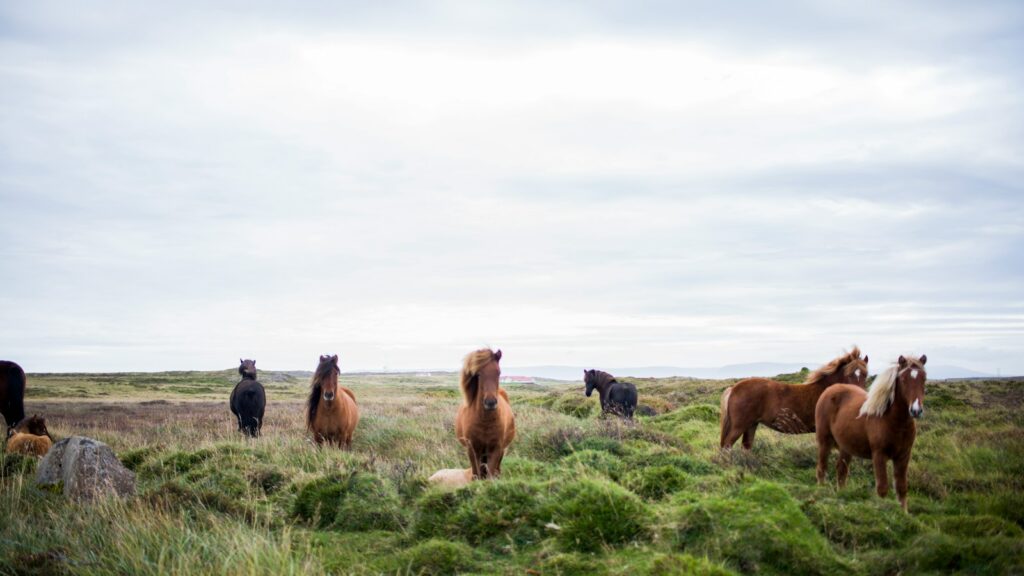
Effective pasture rotation systems evolve throughout the year to accommodate seasonal growth patterns and environmental conditions. Spring rotations typically feature shorter grazing periods and faster movement between paddocks to keep pace with rapid growth and prevent grasses from becoming overmature. Summer rotations generally require longer recovery periods as growth slows during hot, dry conditions, with careful attention to maintaining adequate residual height to shade soil and reduce evaporation. Fall rotations can be adjusted to build up forage reserves through stockpiling, setting aside certain paddocks for late-season grazing after growth has slowed. Winter ranges in regions without snow cover might concentrate on utilizing stockpiled forage strategically, while snowy regions may need to balance winter feeding locations to distribute nutrients from hay and supplements. Developing season-specific rotational strategies ensures your system remains responsive to changing conditions rather than forcing a single approach year-round.
Troubleshooting Common Rotation Challenges

Even well-designed rotation systems encounter obstacles that require adaptive solutions to prevent grass damage. When drought reduces growth rates across all paddocks, quickly adjust by extending rest periods, reducing animal numbers, or providing supplemental feed to prevent overgrazing already-stressed plants. If certain paddocks consistently underperform despite adequate rest, investigate potential causes like soil compaction, pH imbalances, or nutrient deficiencies that may require targeted remediation. When uneven grazing occurs within paddocks, temporary back-fencing or strategically placed water and mineral sources can encourage more uniform utilization. If parasite loads increase despite rotation, consider more frequent moves, longer rest periods, or integrating different livestock species to break infection cycles. Persistent weed problems may require targeted control methods during rest periods, including strategic mowing, appropriate herbicide use, or specialized grazing with species that preferentially consume problem plants. By anticipating and systematically addressing these common challenges, you maintain the integrity of your rotation system while continuously improving its effectiveness.
conclusion
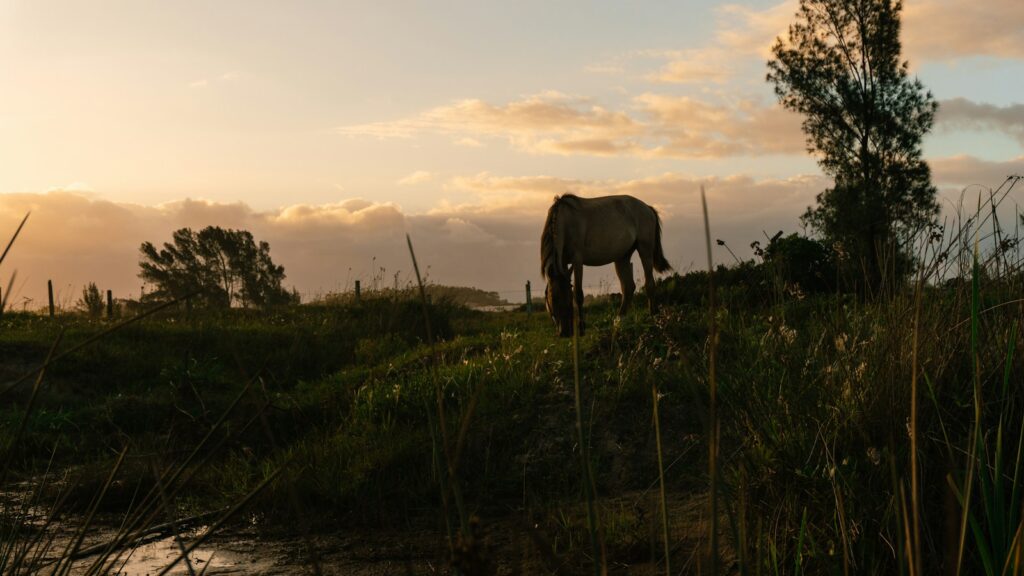
Successful pasture rotation without damaging grass requires balancing scientific principles with practical, adaptable management. The key lies in understanding your specific grass species’ growth patterns and recovery needs while remaining flexible enough to adjust to changing conditions. By dividing pastures thoughtfully, monitoring consistently, and responding promptly to both plant and animal indicators, you create a sustainable system that builds rather than depletes your land’s productive capacity. Remember that effective rotation is not simply about moving animals according to a calendar, but rather about creating a dynamic relationship between livestock and forages that mimics natural processes. As you refine your approach over multiple growing seasons, you’ll discover that well-managed rotational grazing not only protects your grass investment but enhances pasture health, productivity, and resilience against environmental stresses, ultimately benefiting both your livestock and your land for generations to come.

